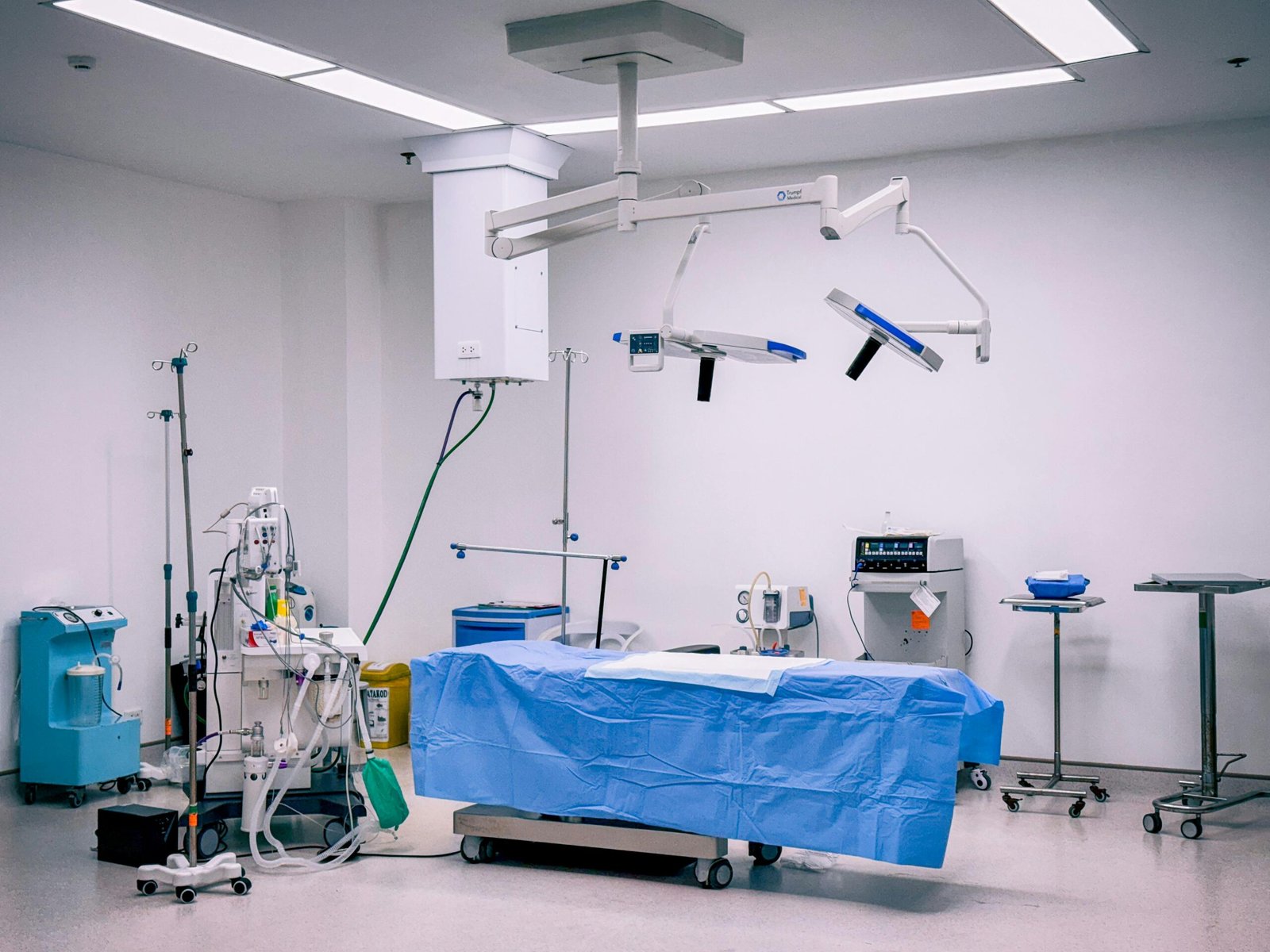Building your own computer can be a rewarding and empowering experience. Whether you’re a gamer, a content creator, or just someone who loves tech, building your own PC allows you to create a machine that’s perfectly suited to your needs. It can also save you money compared to buying a pre-built system and give you a deeper understanding of how computers work.
In this guide, we’ll walk you through everything you need to know to build your own computer from scratch. From selecting components to assembling the hardware, we’ve got you covered.
1. Why Build Your Own Computer?
Before we dive into the “how,” let’s first talk about the “why.” Building your own computer offers several advantages over buying a pre-built one:
- Customization: You can choose each part of your computer to suit your specific needs, whether you need more power for gaming, video editing, or just basic web browsing.
- Cost-Efficiency: When you buy parts individually, you can often get better performance for your money compared to buying a pre-built system with the same specs.
- Upgradeability: When you build your own PC, you can easily upgrade individual components as technology advances without having to replace the entire machine.
- Learning Experience: Building a PC from scratch is a fantastic learning experience. It helps you understand how each component works and how they all fit together.
2. What You’ll Need to Build Your Computer
Building a computer requires several key components. Here’s a rundown of what you’ll need:
- Central Processing Unit (CPU): The “brain” of your computer. It handles all the instructions and calculations.
- Motherboard: The main circuit board where all the components are connected.
- Memory (RAM): Temporary storage that your computer uses for running applications and processes.
- Storage (HDD/SSD): A hard drive (HDD) or solid-state drive (SSD) is where your operating system and files are stored.
- Power Supply Unit (PSU): Powers the components of your computer.
- Graphics Processing Unit (GPU): Also called a video card, this is crucial for tasks like gaming or video rendering.
- Computer Case: The enclosure that holds all the components.
- Cooling System (Fans/Heatsinks): Keeps your components cool to avoid overheating.
- Optical Drive (Optional): If you still use CDs, DVDs, or Blu-ray discs.
- Operating System (OS): Software like Windows, Linux, or macOS to get your computer up and running.
3. Choosing the Right Components
Selecting the right components depends on your budget, usage, and performance needs. Here’s a brief guide to help you choose each component:
CPU:
- For gaming and high-performance tasks, look for high-end processors from AMD (Ryzen) or Intel (Core i7, i9).
- For basic tasks, a mid-range CPU like an Intel i5 or AMD Ryzen 5 will suffice.
Motherboard:
- Make sure the motherboard is compatible with your chosen CPU. Look for socket compatibility (e.g., LGA 1200 for Intel or AM4 for AMD).
- Consider whether you need additional features like Wi-Fi, Bluetooth, or more RAM slots.
RAM:
- 16GB of RAM is generally enough for most tasks like gaming, content creation, and general productivity.
- If you’re working with very large files or running memory-intensive software, opt for 32GB or more.
Storage:
- SSDs are faster than traditional HDDs and can greatly improve system performance. If you need a lot of storage, consider getting an SSD for your operating system and a larger HDD for files.
- For gaming, a 500GB or 1TB SSD is a good starting point.
GPU:
- If you’re a gamer, video editor, or doing graphic design, invest in a good GPU from brands like Nvidia (RTX series) or AMD (Radeon series).
- If you’re just doing general tasks or light gaming, integrated graphics in the CPU may be enough.
PSU:
- Get a power supply with enough wattage for your build. Aim for a PSU that provides at least 20-30% more power than your components require to ensure stability.
- Quality is important, so choose a reputable brand (like Corsair, EVGA, or Seasonic) to avoid power-related issues.
Case:
- Choose a case that fits your motherboard size (ATX, Micro ATX, Mini ITX) and provides good airflow.
- Make sure it has enough space for your GPU and cooling system.
Cooling System:
- Most systems will come with stock cooling, but you may want to upgrade with additional fans or a more powerful CPU cooler (air or liquid) if you’re overclocking or pushing your system hard.
4. Tools You’ll Need
Building a computer doesn’t require much in the way of tools, but here’s a list of what you’ll need:
- Phillips-head screwdriver: A basic tool for screwing in motherboard components and assembling your case.
- Anti-static wrist strap: This prevents static electricity from damaging your components during assembly.
- Cable ties: These help organize cables and keep airflow unobstructed.
5. Step-by-Step Guide to Building Your Computer
Now that you have your components and tools ready, let’s go over the step-by-step process of assembling your computer.
Step 1: Prepare Your Workspace
Make sure you have plenty of space to work. Lay out your components and make sure you have your tools nearby. It’s important to work in an environment where you won’t risk static damage to your parts, so grounding yourself or using an anti-static wrist strap is crucial.
Step 2: Install the CPU on the Motherboard
- Open the CPU socket on your motherboard. The socket will have a small lever that you can lift to expose the area where the CPU will sit.
- Carefully align the CPU with the socket (it should only go in one way due to the shape and alignment pins).
- Gently place the CPU into the socket and lower the lever to secure it.
Step 3: Attach the RAM
- Find the RAM slots on the motherboard. Open the clips on each side of the slot.
- Line up the notch on the RAM stick with the slot and press down firmly until the RAM clicks into place.
Step 4: Install the CPU Cooler
- If you’re using the stock cooler, attach it to the CPU socket according to the instructions that come with the cooler.
- If you’re using an aftermarket cooler, follow the manufacturer’s guidelines to install the cooler onto the CPU.
Step 5: Install the Motherboard in the Case
- Slide the motherboard into the case and line it up with the mounting points. Secure the motherboard with screws provided by the case.
- Be sure the I/O shield (the metal plate for your ports) is correctly installed in the case before mounting the motherboard.
Step 6: Install the Power Supply
- Place the PSU into the designated area of the case and secure it with screws.
- Make sure the fan is facing the correct direction (usually facing down or towards the rear exhaust of the case).
- Connect the necessary cables from the PSU to the motherboard, CPU, and GPU.
Step 7: Install the Storage Devices
- Mount your SSD or HDD in the designated slots in the case. Most cases have tool-less mounting for drives, but some may require screws.
- Connect the power and data cables from the PSU and motherboard to the drives.
Step 8: Install the GPU
- Insert your graphics card into the appropriate PCIe slot on the motherboard (usually the top slot).
- Secure the GPU with screws to the case, and connect the power cables from the PSU to the GPU (if required).
Step 9: Connect All Cables
- Connect the front panel cables (USB, power button, audio) from the case to the motherboard.
- Organize cables using cable ties to ensure good airflow and prevent them from blocking fans or vents.
Step 10: Power On and Install the Operating System
- Once everything is connected, power on the system by pressing the power button.
- You should see the motherboard splash screen. If the system starts up without issues, proceed to install your operating system (Windows, Linux, etc.) using a USB drive or DVD.
6. Troubleshooting Tips
- No Power: Check the PSU connections, ensure the power switch on the back of the PSU is turned on, and make sure the motherboard is securely mounted.
- No Display: Ensure the GPU is properly seated, check monitor cables, and verify that the motherboard has integrated graphics if you don’t have a dedicated GPU.
- System Not Booting: Double-check the RAM and storage connections. If the system isn’t POSTing (Power-On Self-Test), it may be a loose connection or incompatible component.
7. Conclusion: Enjoy Your Custom-Built PC
Once your computer is up and running, you’ll have a system that’s tailored to your exact needs, whether that’s gaming, productivity, or content creation. Building your own computer is a fun and rewarding process that gives you complete control over your setup and the knowledge of how everything works.
Now that you’ve completed your build, enjoy the feeling of accomplishment and the power of your custom-built machine. Happy computing!
FAQs
1. How much does it cost to build a computer?
The cost of building a computer depends on the components you choose. Budget builds can start around $500, while high-performance gaming or workstation builds can cost upwards of $2,000 or more.
2. Do I need special tools to build a computer?
No, all you need is a basic Phillips-head screwdriver and an anti-static wrist strap to prevent damaging your components. Some cable ties are also helpful for organizing cables.
3. Can I build a computer without prior experience?
Yes! This guide is designed to help first-time builders, and there are plenty of helpful videos and tutorials available online to guide you through the process.
4. What should I do if my computer doesn’t power on after building it?
Check all cable connections, ensure the PSU switch is on, and verify that the motherboard is properly installed in the case. If the issue persists, try removing non-essential components and troubleshoot.
5. Can I use my old hard drive or SSD in a new build?
Yes, you can use your old storage devices in a new build, but be sure to reinstall the operating system for optimal performance.



